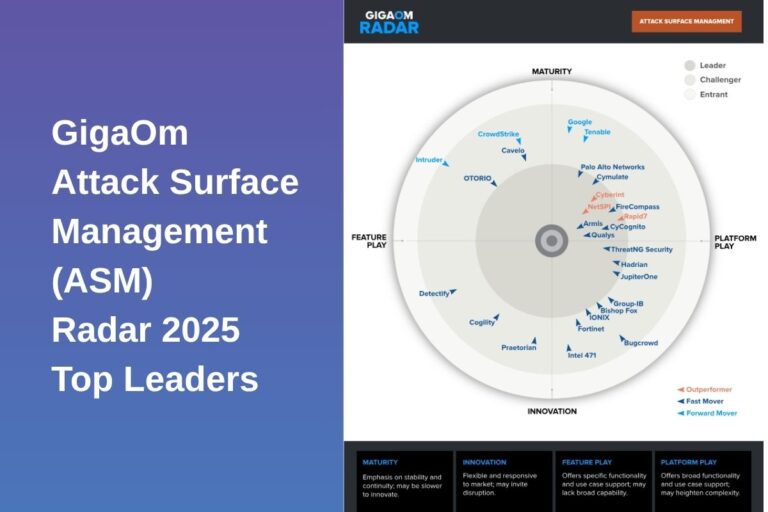Digital Footprint is information about an organization that exists on the Internet as a result of its online activity. Organizations’ digital footprints are expanding and changing at a formidable rate. Employees, suppliers, and other third parties are exposing sensitive information without their knowledge. This sensitive data can expose organizations and be used by attackers to exploit organizations. By continuously monitoring and managing their digital footprint and those of their attackers, organizations can manage to reduce their external digital risks. External Digital Risk Management helps organizations not only in continuous monitoring for risks in the surface, deep, and dark web but also helps them to respond on these risks quickly.
Top 4 Risks that can be mitigated through digital footprint monitoring are
- Cyber Threats
- Executive Threats
- Data Exposure
- Domain Phishing
- Brand Impersonation
- Location Threats
Attackers have their techniques to exploit the exposed digital assets and ineffective security solutions. Digital attacks expose the organization’s sensitive information and sometimes these attackers trade this information in Dark Web forums.
- Digital exposure:
Attackers focus on the digital presence to gain access to customer’s credentials and organization’s sensitive data. Sometimes attackers host application in the unused exposed servers which was not known to the organization
- Domain Phishing:
For credential phishing, branded domains are spoofed. They try to replace one alphabet with greek alphabet to gain from the branded domains.
- Cyber Threats:
- Malware: (malicious software) downloaded to a target computer that can do anything from steal data to encrypt files and demand ransom
- Phishing: emails that are created to fool victims into giving up passwords or taking some other harmful action
- MITM (Man In The Middle Attacks) which fool the target computer into joining a compromised network
- Executive Threats:
- Doxing – Researching and broadcasting private or identifiable information about an organization or Executive members belonging to particular organization
- Reputational risks
- Credential Phishing
How Attackers Exploit The Organizations’ Digital Shadows
Digital shadow is exposed personal, technical or organizational information that is often highly confidential, sensitive or proprietary. Digital Shadow which is a subset of Digital Footprints, put organizations at risk. These digital shadows give opportunities to attackers to exploit organizations.
Organizations digital shadows takes different forms which includes
- An insider’s offering to sell organization’s confidential information in dark web market place
- Employees sharing private encryption keys publicly on code-sharing sites
- Personal details of executive members which accords to vital information for a phishing campaign
- Floor plans of the company’s headquarters
- Systems information publicly accessible
All this information allows the attackers to pose risks to organizations.
Reference:











